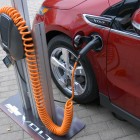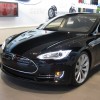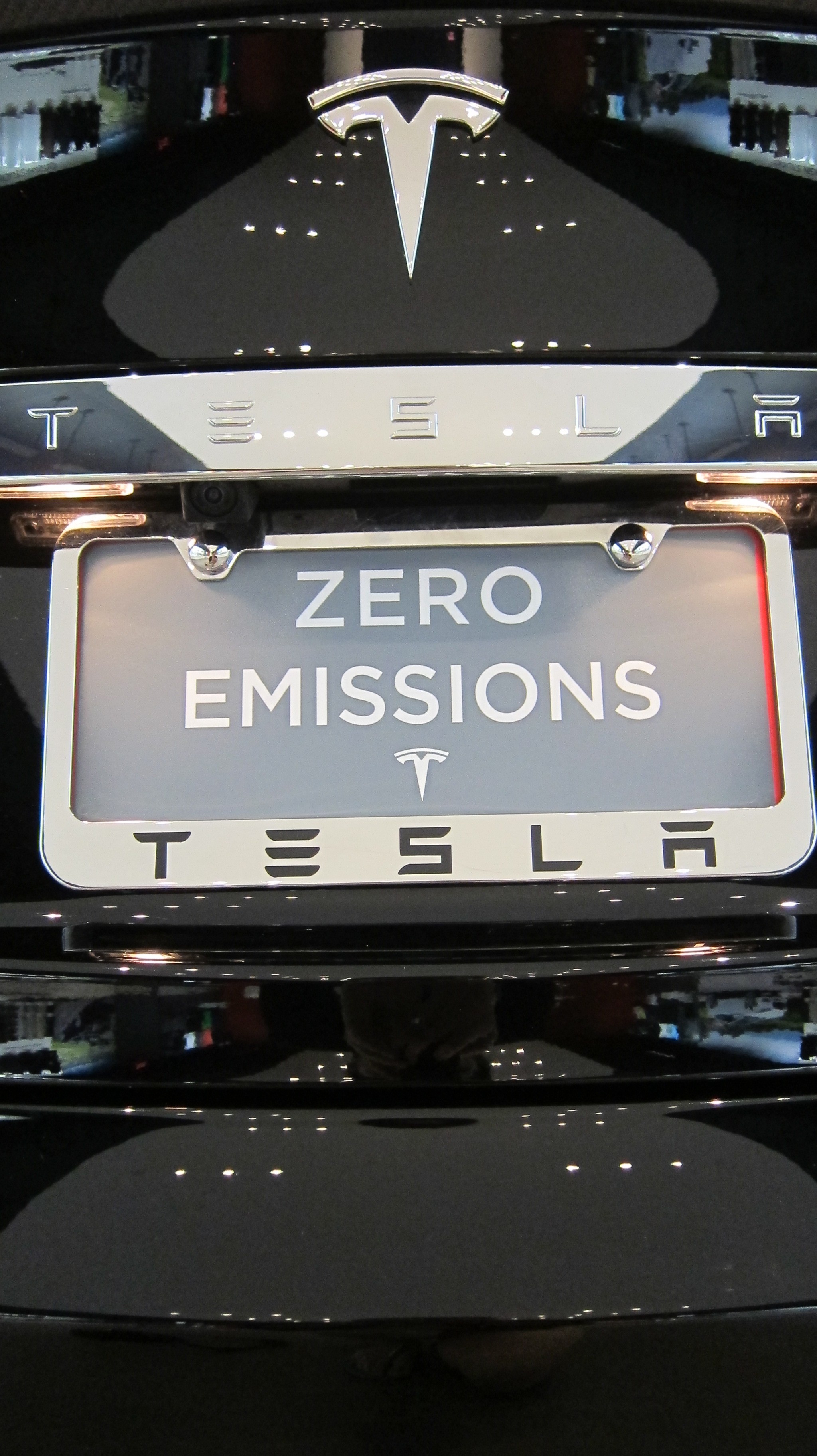Background
An electric car, (also known as an electric vehicle or an EV), is powered by an electric motor instead of a gasoline engine. Unlike hybrid cars, EVs draw power from their rechargeable batteries and are designed to travel approximately 100 miles per charge. EVs offer numerous environmental and economic benefits.
Electric cars are:
- Energy efficient. Electric motors convert 75% of the chemical energy from the batteries to power the wheels—internal combustion engines (ICEs) only convert 20% of the energy stored in gasoline.
- Environmentally friendly. EVs emit no tailpipe pollutants, although the power plant producing the electricity may emit them. Electricity from nuclear-, hydro-, solar-, or wind-powered plants causes no air pollutants.
- Solid performers. Electric motors provide quiet, smooth operation and stronger acceleration and require less maintenance than ICEs.
- Helping to reduce energy dependence. Electricity is a domestic energy source.
Electric vehicles also face the following battery-related challenges:
- Limited driving range: Most EVs can only go about 100–200 miles before recharging—gasoline vehicles can go over 300 miles before refueling.
- Lengthy battery recharge time. Fully recharging the battery pack can take 4 to 8 hours. Even a “quick charge” to 80% capacity can take 30 min.
- High battery cost: The large battery packs are expensive and may need to be replaced one or more times.
- Bulkiness: Battery packs are heavy and take up considerable vehicle space.
Electric Cars in Austin
As of June 2011, there were less than three dozen electric vehicles in Austin, Texas. According to Austin Energy, there are likely to be 200,000 plug-in electric vehicles in Central Texas by the end of this decade.
Austin, with its well educated, eco-friendly and tech savvy population, was chosen as one of seven launch cities for the Chevy Volt, a full-speed and full-performance EV. A study by the U.S. Department of Transportation in 2010 found that the Volt can reduce greenhouse gas emissions by between 49 and 75 percent as compared to a non-electric vehicle. Other EVs are showing promise. The Nissan Leaf, Nissan’s EV that was awarded the 2011 World Car of the Year, has been one of the most anticipated EVs to date. Seven-time Tour de France winner Lance Armstrong, who lives in Austin, was the first person to own a Leaf.
Currently, there are 25 charging stations for EVs in Austin. The federal government has launched a program that gives $37 million towards installation of new charging stations. Under this program, Austin Energy is in the process of installing 100 new charging stations, where EV drivers are likely to go (parks, museums, etc.).
Whole Foods installed a free charging station for customers and is considering building more. NRG Energy Inc. is beginning a $10 million project in Houston to build 50 high-speed charging stations and 50 to 100 slower-speed charging stations. To use these stations, drivers will have to purchase a plan ranging from $49 to $89 per month. The Department of Energy will be analyzing data from Austin to help in the development of electric vehicle charging stations in other cities.
Owners of electric vehicles in Central Texas—including cars, scooters, motorcycles, and bicycles—are offered incentives worth $150-$500.
Despite low emissions by electric vehicles and their ability to decrease dependence on crude oil, the cars could pose a problem for the City of Austin. City owned power company Austin Energy claims charging the vehicles could stress the power grid at peak energy consumption times in summer and on extremely cold days.








